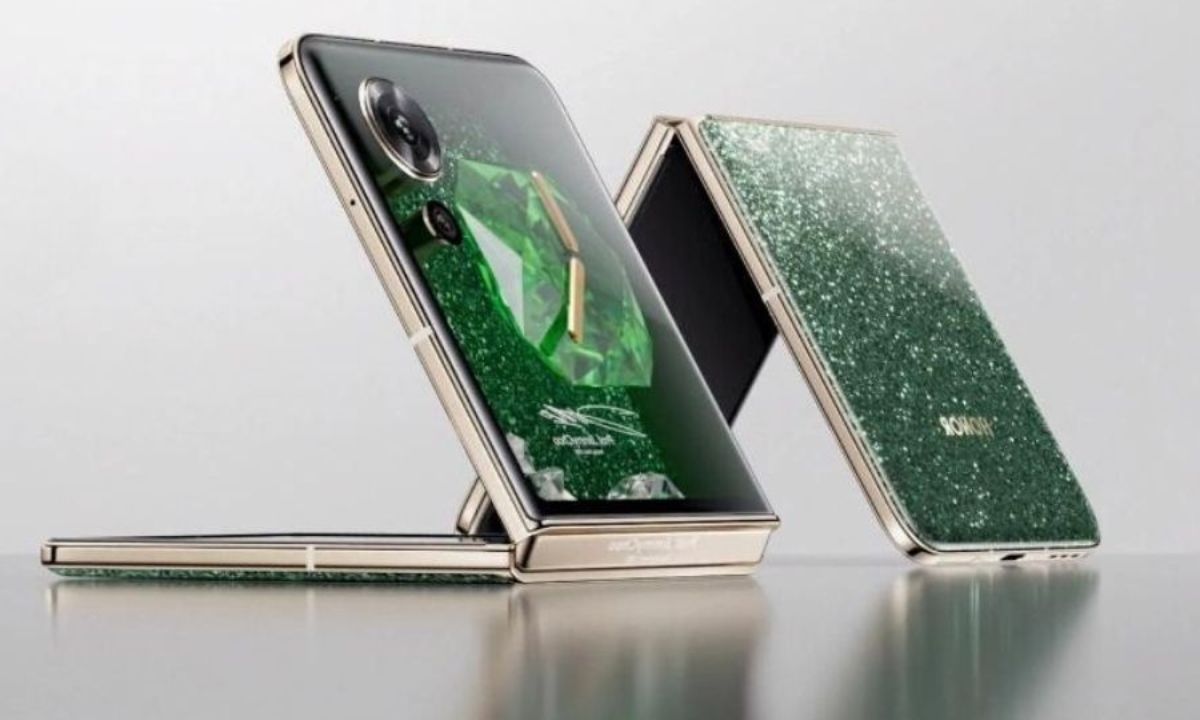On Wednesday, SpaceX’s Falcon 9 rocket is scheduled to launch from Kennedy Space Center, carrying an impressive array of scientific payloads. The mission will include three significant components: a satellite destined for lunar orbit, a private lunar lander, and a spacecraft designed to explore asteroid mining. In addition, the rocket will carry a 16U satellite, managed by Exolaunch, which will be placed in geostationary Earth orbit.
The launch window opens on February 26 at 7:17 p.m. ET, though delays could occur if conditions aren’t ideal. NASA will be livestreaming the event, and additional streams will be available on NASA Spaceflight’s channels. This mission highlights the growing interest in the Moon, a celestial body that has become a focus of scientific exploration. Two of the payloads are aimed at advancing humanity’s understanding of the Moon and paving the way for future lunar bases.
The mission’s lander, Athena, developed by Intuitive Machines for NASA’s Commercial Lunar Payload Services (CLPS) program, is a key player in this effort. Athena is equipped with a drill and a mass spectrometer to analyze the Moon’s South Pole region, particularly Mons Mouton. The goal is to search for essential elements like water, carbon, nitrogen, and phosphorus that could support future human exploration. Athena will also carry Grace, a Micro-Nova robot designed to hop in and out of shadowed lunar craters to search for water and take photographs.
NASA’s Lunar Trailblazer, a satellite designed to map lunar water distribution, will also be part of the launch. This mission aims to investigate the Moon’s water cycle and determine the form, amount, and location of water on the lunar surface.
In addition to these lunar-focused missions, the launch will carry Astroforge’s Odin spacecraft, which is on a bold mission to mine asteroids. Astroforge aims to be the first company to mine asteroids for precious metals. Although the company’s previous mission faced technical difficulties, it has more ambitious plans for this launch. Odin will travel toward the Moon and then use the Moon’s gravity to head toward asteroid 2022 OB5, a candidate for future mining due to its possible metallic content. The mission is expected to take several days, and while the company has acknowledged the risks involved, CEO Matt Gialich has stated that the company is prepared to take significant risks to achieve its goals.
If successful, this mission could represent a major milestone in space exploration, potentially setting the stage for asteroid mining and future lunar settlements. Decades from now, we might look back on this launch as a pivotal moment in humanity’s journey into space.






